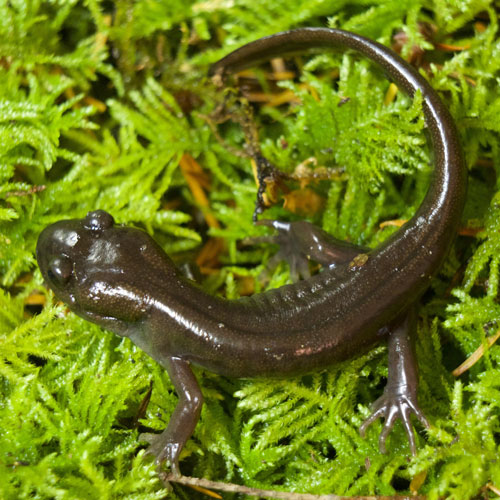Fast Facts
Where they live
- View a map of where they live
- In Washington State are found in the Cascades and in eastern Washington
- Prefer slow moving, quiet water with lots of plants including wetlands and water sources in damp forests
Breeding
- Breeding season is February to July
- Prefers slow, shallow warm water in permanent water sources to lay eggs
- Eggs eventually will get covered by algae and turn a greenish color
- Eggs are laid in groups with other females, sometimes 25 or more masses can be found together
Cool Biology Facts
- Originally thought to hibernate all winter in mud under water, but there is evidence that they actually move around under the ice in winter
- Will migrate to find new water sources in dry seasons when their water sources dry up
- Sometimes they like to bask in the sun!
Threats
- Current population is decreasing. Main threats include introduced species, such as fish and bullfrogs and habitat loss.
- View their status on the IUCN Red List of Threatened Species.

Amphibians & Reptiles of Washington
Do you know where rattlesnakes live in our state? Or which salamander breathes through its skin? Explore the fascinating diversity of the 26 species of amphibians and 28 reptiles found in Washington state.

